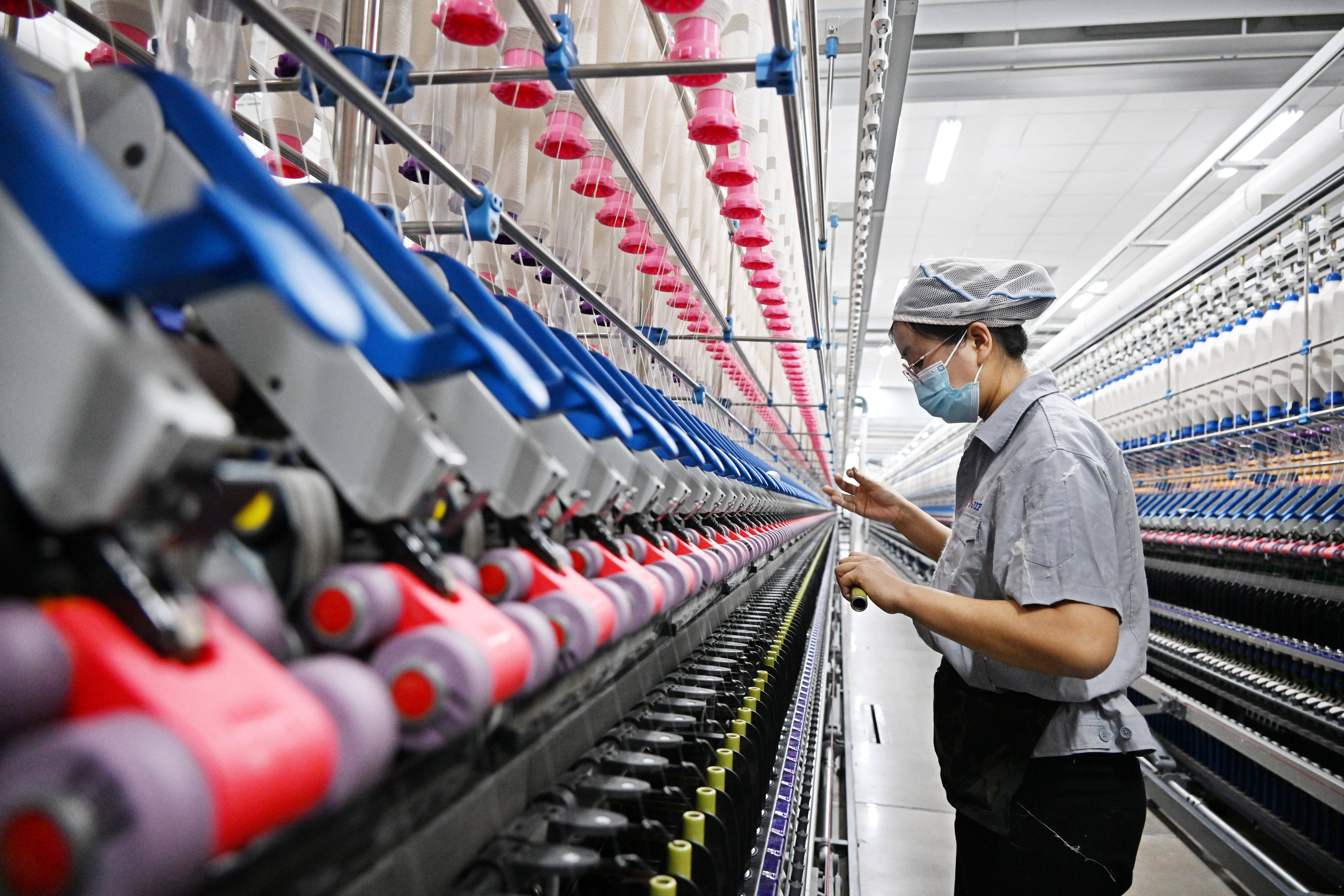Industry advantages of textile defoaming agent
Textile defoamers play an important role in the textile industry, being able to quickly and effectively eliminate and suppress the foam generated during textile production, thereby improving production efficiency, ensuring product quality, and meeting environmental protection and sustainable development requirements. These advantages are mainly reflected in the following aspects:
Rapid defoaming: Textile defoamers can quickly reduce the surface tension in textile liquids, destroy the stability of the foam, and cause the foam to rapidly break and dissipate. This efficient defoaming capability ensures the smooth progress of textile production processes, reducing production interruptions and equipment malfunctions caused by foam accumulation.

Persistent foam suppression: In addition to rapid defoaming, textile defoamers can also suppress the re-formation of foam over a longer period of time. They are able to form a stable film in the textile liquid, preventing air from entering and forming new foam, thereby extending the duration of the defoaming effect.
Improve fiber quality: The use of textile defoamers can reduce the adhesion of bubbles on the surface of fibers, maintaining the cleanliness and smoothness of the fiber surface. This helps to improve the overall quality of the fiber, reduce the defective rate, and enhance the market competitiveness of the product.
Improve production efficiency: The presence of foam can interfere with the normal operation of textile equipment and reduce production efficiency. The application of textile defoamers can effectively eliminate foam, reduce equipment downtime and cleaning frequency, and improve the overall operating efficiency of the production line.
Environmentally friendly: Modern textile defoamers are mostly made of environmentally friendly materials, which are non-toxic and harmless, and will not cause harm to the environment and human health. They do not produce harmful by-products during use, which meets the requirements of environmental protection and sustainable development.
Reducing energy consumption: By reducing foam interference and equipment downtime, textile defoamers help reduce energy consumption and carbon emissions in the textile production process, promoting green production.
Multi-process application: Textile defoaming agent is suitable for all aspects of textile production, including pre-treatment, dyeing, printing, finishing, etc. They can meet the needs of different processes for defoaming performance and ensure the smooth progress of the entire production process.
Flexible deployment: The types and formulations of textile defoamers are diverse, and can be flexibly deployed according to specific production processes and fiber types. This flexibility enables textile defoamers to better adapt to various complex production environments and conditions.
Reducing production costs: The application of textile defoamers can reduce costs such as equipment downtime, cleaning frequency, and defective product rates caused by foam problems. At the same time, high-quality textile defoamers can improve production efficiency and product quality, thereby bringing greater economic benefits to enterprises.
Enhance the added value of products: By improving fiber quality and production efficiency, textile defoamers help to enhance the added value and market competitiveness of textile products. This helps enterprises to occupy a favorable position in the fierce market competition and gain more market share.
In summary, textile defoamers have many advantages in the textile industry, such as high efficiency in defoaming and foam suppression, improved product quality and production efficiency, environmental protection and sustainability, wide applicability and flexibility, and economic benefits. These advantages make textile defoamers play an indispensable role in textile production, providing strong support for the sustainable development and green production of the textile industry.

 English
English
 Chinese
Chinese Vietnamese
Vietnamese
 HOME
HOME
 PRODUCT
PRODUCT
 NEWS
NEWS
 CONTACT
CONTACT


